Four months ago Sgt. Elor Azaria killed a wounded Palestinian terrorist, Abdel Fattah al-Sharif as al-Sharif laid supine in Hebron. Azaria is on trial for manslaughter. But the trial of Elor Azaria has long since become the ‘Azaria Affair.’ Right-wing politicians are divided between those who condemn his action and those who unconditionally support him. Thousands have rallied for his release. The public debate, for the most part, doesn’t focus on whether Azaria should or shouldn’t have shot al-Sharif . Rather Israelis discuss the extent to which Azaria’s ethnicity and place of residence played a role in the IDF’s response to his action. “Is Elor Azaria punished (also) because he is Mizrahi?” reads Haaretz headline. And a father of another soldier remarked “If Azria was a Fishman [typical Ashkenazi family name] from Tel Aviv, it would have been different.”
Azaria’s case was preceded by ‘David the Nahlawi Affair.’ In April 2014, David Adamov, a soldier resident of one of the poorer neighborhoods in Be’er Sheva, was caught on camera cursing and cocking his assault rifle at an unarmed Palestinian kid in Hebron. Like Azaria, Adamov too won massive public support. Itamar Tehar Lev, a Hebrew University sociologist, wrote then that Adamov was receiving the support of the mostly Mizrahi ‘Border Patrol Army’ (which is just as Mizrahi as it is Russian, Ethiopian and lower-class Ashkenazi). Tehar Lev contrasted the ‘Border Patrol Army’ with the upper class Ashkenazi ‘Strategic IDF’ which manages the wars from a distance.
Henriette Dahan Kalev, a political scientist and gender studies professor at Ben Gurion University, writes that “the IDF today consists of elite units (like intelligence, technology and IDF Radio) staffed mostly by Ashkenazim. […] Elite soldiers prefer to see themselves as moral and defenders of human dignity. It’s easier to attribute a lack of morality to those who fighting on the ground. By publicly making a case against Azaria, the IDF is attempting to demonstrate that it has not lost its values—including as IDF chief Gadi Eizenkot put it the “purity of arms.”
The following article is Prof. Dany Gutwein’s attempt to explain some of the perplexing phenomena surrounding the Azaria Affair. Why did the settler Religious Zionist community condemn Azaria while so many others on the Right support him? Why do Leftists demonstrate discomfort discussing the case? And why is he receiving such massive support? Have Israelis all gone mad?
—-
The trial of Elor Azaria is becoming a watershed moment in the Israeli civil war. “The Azaria trial” has long turned into “The Azaria Affair.” It left the legal system and is happening in the court of public opinion. Increasingly, as the trial throws oil into the political fire, the public dimension overshadows its criminal dimension. The intensity of “the Azaria affair” is demonstrated by the fact that the IDF is one of its main casualties. For many, the IDF has become the target of sharp criticism and intrudes on the broad support it has so far enjoyed.
The IDF was correct to denounce the killing of the terrorist, put Azaria on trial, and allow a court decide whether or not his behaviour was a criminal offense. The following comment, however, relates to the “Azaria Affair”; that is, not to the shooting in Hebron or the trial in Jaffa, but to the causes for the public earthquake it has reverberated throughout Israel.
What makes the Azaria Affair so explosive? Why do so many Israelis identified with it? This question remains unanswered despite the lively public debate. And yet, answering this question is necessary for dealing with the fissures it has unearthed in Israeli society.
The common—yet false—explanation for the waves the Azaria trial has created is that the trial has become symbolic of gaping divisions in Israeli society and has carved a new space for their continuation. Indeed, the Azaria affair has quickly become a site for the toxic battles between the Right and the Left. The Left denounced the “shooting soldier” while presenting him as another victim of the Occupation. The Right, more broadly, has stood by Azaria and presented the trial as political persecution, a surrender to terrorism, the abandonment of IDF soldiers, and other charges the Right lobs against “Lefties.” Moreover, the Right has claimed the Left has sacrificed Azaria on the altar of political correctness, and that there wouldn’t be a trial if Azaria wasn’t right wing, Mizrahi, and from the periphery.
And yet, Israeli society doesn’t need new symbols for old divisions, especially after Netanyahu’s performance in the 2015 election. Indeed, it seems these divisions alone cannot explain the schism the Azaria affair has caused, and moreover, this explanation in itself exposes the failures of using the concept of division to analyse Israeli society.
For example, not only can’t the “Right-Left” division explain the public response, but “the Azaria affair” itself fractures the “Right-wing”: Ya’alon, the defrocked Right-wing Minister for Security, firmly denounced “the shooting soldier” while Avigdor Lieberman, the new Right-wing Foreign Minister, stood by him. The usual analysis explained inner contradictions within the Right as tensions between the “old” liberal Right and the “new” nationalistic Right, and yet this case rattled this distinction too revealing divisions within the “new” Right.
On April 19, there was a rally in support of Azaria in Rabin Square. In reference to the rally on the radio, Kalman Liebskind, a leading Right-wing journalists, attacked “the religious-nationalist public for not showing up to the rally.” He accused them of being “disdainful of Mizrahi Israelis and residents of the periphery.” Liebskind criticized the religious-nationalist public and the settlers using the same language the Right uses against the pretentious Ashkenazi Left. He said:
“The symbols and models Bnei Akiva teaches us to follow are always, or almost always, our own. They live in the settlements, graduate pre-military academies, and the best Yeshiva high schools. “The brave and beautiful.” No one ever speaks to us about the soldiers from Kiryat Gat or Be’er Sheva, who were killed in battle next to them. We never recognize the Elor Azarias from Ramleh who were carried away on stretchers.”
Liebskind’s harsh words stand in sharp contrast to Charlie Azaria’s (Elor’s father) expressed desire to unite the Israeli public around the support of his son, and continue looking to the IDF as a symbol of a common Israeli destiny. The elder Azaria stressed:
“We all have relatives in the IDF. I want everyone to know that we have their back. We are a strong people. We won’t let anyone harm us. The level headed people, everyone here, I love you. I love our nation. We are strong. Only together we will win and get to where we need to be.”
Michael Asraf, father of a soldier serving with Azaria, perfectly framed the contradiction between Azaria’s father’s craving “the wonderful nation” who are “all here” and Libeskind’s claim that “(the settlement of) Kdumim and Ramleh share nothing in common.” It is important to listen to Asraf. He stands with Azaria but his main concern is the divisions the “Azaria affair” revealed in Israeli society. He says:
“A while ago I said to my son: Come home. Leave the IDF. And it wasn’t easy for me to say this. I’m a paratrooper. But this isn’t the IDF we knew. There’s nothing left if commanders don’t back their soldiers. In my parachuting unit, I was told you don’t leave a soldier behind on the battlefield. I hear all the Greats talk about brutalization. What brutalization? Who are those brutes we’re talking about? These are our children . . . the best children. They joined the IDF unit they did because they love the flag and the national anthem. And what do we want in return? That the state loves us as much as we love it.”
Asraf’s claims can be summarized with the following: “I feel betrayed for Elor and the other soldiers.” Asraf finds the focus for this betrayal in the difference between the IDF he knew in the early 1980s, when he served as a paratrooper, the “commanders knew everything,” but still gave us full support, and “We weren’t left alone” and now when there is a sense that commanders don’t support their soldiers. Even if some think Elor violated orders, they should still back him up.”
Asraf claims that the discrepancy between “support” and “betrayal” is the framework through which we shouldn’t just think about the IDF, but Israeli society as a whole. This betrayal has a significant class character, even if, as is customary in Israel, he confuses it with identity politics:
“They threw him to the wolves. And do you want me to tell you why it was easy? I will put it in the simplest terms. It’s because Elor is from Ramle. If he was a Fishman from Tel Aviv, it would have been handled quietly. If it was a settler who studied in one of those pre-military academies, they would all be by his side supporting him. But this isn’t the case. It’s “Kfir” Brigade. [The brigade is part of the Judea and Samaria Division and conducts more Occupation duties than any otherץ] Everyone is an Elor Azaria there. A quarter of the guys are Ethiopians. Do you want me to put it more explicitly? It is a Black Peon unit.” [Translation comment: Asraf uses the term ‘Black Laborers’ (פועלים שחורים) which refers simultaneously to the soldiers’ ethnicity and their peon status]
And in a logic that resembles Bertold Brecht’s “Questions from a Worker who Reads,” Asraf states:
“Look at the IDF’s entire illustrious history. All the battles discussed in history books. Who gets featured in these histories? Who gets honorific mention? Who gets the accolades? Only the commanders. They always get the glory. No one remembers their soldiers, the Black labourers, without whom those commanders are nothing. Without whom no mission can succeed. Do you know when we remember them, the Black peons? When a disaster happens. When the army thinks mistakes occurred. Then the IDF finds the Elor Azaria of the day and goes to war against him. Then the commanders are nowhere to be found. The commanders are only there when there are victories.”
Asraf’s feeling of “betrayal” explains, so it seems, the public’s support for Azaria. From his comment, we learn that Azaria gets widespread support not because of the hate speech against Arabs and Leftists which are used as instruments of political manipulation. According to Asraf, the support for Azaria is a reflection of the betrayal the “Black Peons” feel.
Indeed, Azaria has become symbolic of the Israeli lower classes which the state has left behind during the intense processes of privatization. The feeling of betrayal is the experience of the Israeli lower classes which asks for “support” from the diminishing welfare state which has less and less responsibility for their life and welfare. This is the feeling of those contract employees who are pushed to the end of the line when their bosses rob them. This is the feeling of those who are pushed to the end of the line of the health system because they can’t pay for private medicine. This is the feeling of those who can’t pay for decent education for their children and hopelessly condemns them to a future of “Black peon.” This is the feeling of those for whom the legal system personifies the state after they had failed in the impossible rat race privatization has put them in.
The Azaria case has become a symbol because in all other cases the state cloaked its betrayal of the weak and privatized it: The exploitation of workers was handed over to contractors. Private health insurance companies that rationalize deserting the vulnerable. Private schools use the rationale that certain kids lack talent to mask the marginalization of poor children. In contrast, in the Azaria affair, state institution for the first time explicitly articulated their betrayal: the IDF is the symbol of the state, and therefore it has become the target for the outraged of the betrayed.
Addressing the public element of the “Azaria affair” means dealing with the feeling of the betrayal among the lower classes. It’s a process that can only be resolved by creating Israeli solidarity by way of a universal welfare state that supports the weak. Only neutralizing that feeling of betrayal will allow Israeli society to come to terms with the shot Azaria fired and not as the class symbol his trial has created.
This analysis may explain why the religious-nationalist, settlement based, Right-wing is missing from the support rallies for Azaria. Leibskind argued that this is caused by the fact that “religious Zionism proved once again . . . that it only cares about Religious Zionism.” But why? Over the past few decades the religious-nationalist Right wing—not the imagined elitist “Lefties”—has become the cornerstone of the establishment that betrays the lower classes. Therefore it can’t be part of protests aimed at itself. Class analysis of Israeli politics is the only way to overcome the false façade created by analysis based in identity and culture .
The Azaria affair is a challenge for the Israeli left. Not just in regard to denouncing Azaria, but in creating a new social reality that doesn’t require him as a symbol. This is also a path towards creating the Left as a politically significant player. But the Left refuses to acknowledge that the lower classes are its allies. It keeps returning to the cultural-identity playbook and the irreconcilable contradictions between the Right and the Left. Thus the Left prefers to deal with the lower classes’ nationalist bluster and lack of democracy rather than addressing the regime’s privatization induced inequality as to not infuriate this regime’s upper crust supporters. Once again the “Azaria affair” lays the Israeli Left’s failure in class politics bare. And the clarity of its righteousness, as the Left likes telling itself, is but more proof of the depth of its blindness.
Dany Gutwein is a Professor of Jewish history at Haifa University.
The original article was published in the Hottest Place in Hell.
Translation: Dana Mills, Visiting Scholar at the Hannah Arendt Centre at Bard College
Editor: Sean Guillory, blogger and podcaster at SRB
Introduction: Maya Haber, Partners for Progressive Israel

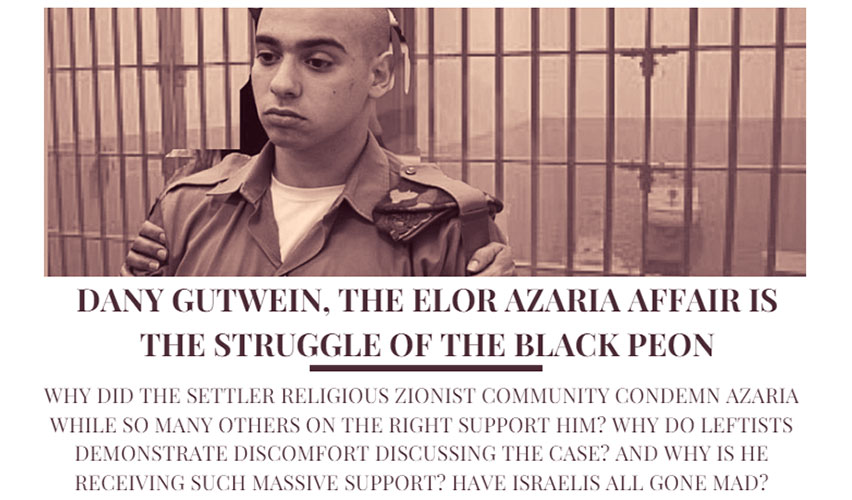
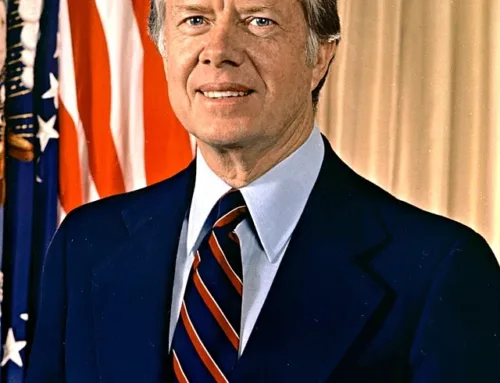
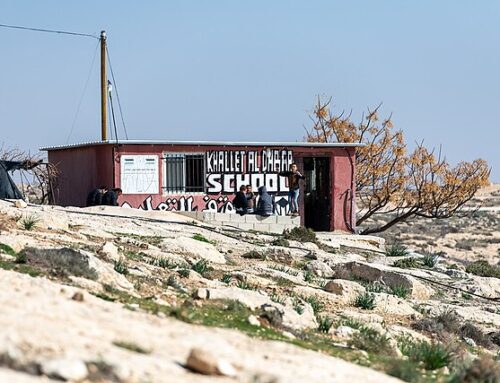
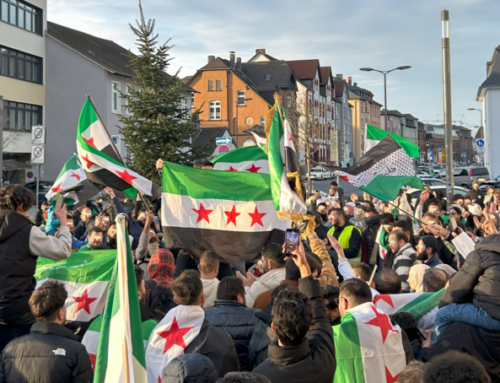

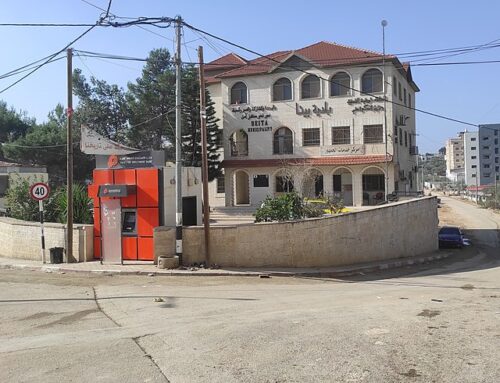
[…] layer of complication – that Azaria, a Mizrahi or “Oriental” Jew was a “black peon” in a stratified Israeli society. “If he was a Fishman from Tel Aviv, it would have been […]